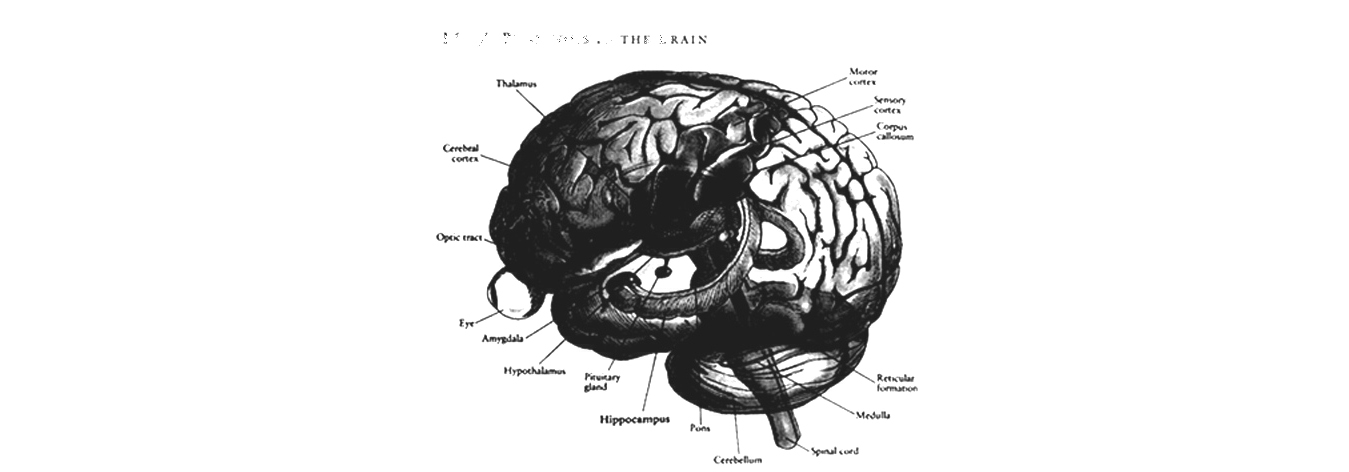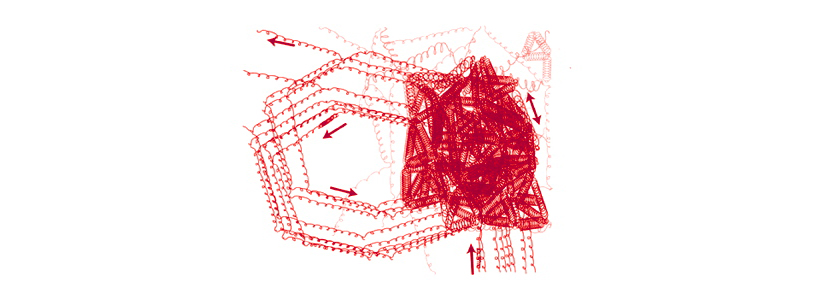The tendency to ignore or sometimes even to deny that one's left arm or leg is paralyzed was termed anosognosia, ("unaware of illness") by the French neurologist Francois Babinski, who first observed it clinically in 1908. In anosognosia, the patient is unaware of or denies a paralyzed limb, and in hemianosognosia, the patient behaves as if half the body were nonexistent. The "counterfeit" limb is a milder version of anosognosia, where the limb seems less than real. Oliver Sachs describes how his paralyzed leg had "vanished, taking its place with it...The leg had vanished taking its 'past' away with it. I could no longer remember having a leg." (See Oliver Sachs, A Leg to Stand On, New York, 1984,)
Read Moreneurological
aphasia
Aphasia is an impairment of language, affecting the production or comprehension of speech and the ability to read or write. Aphasia is always due to injury to the brain. People with aphasia have difficulty with language, but they are not intellectually impaired.
Read MoreHanna Wilke from IntraVenus
body image
Two English neurologists, Lord Russell Brain and Henry Head (!) coined the phrase "body image" for the internal image and memory of one's body in space and time. The body-image mediates the mind / body polarization. It requires input from both sides to be effective.
Read Morebrain

How do mental functions map on to the brain? During the 1940's and 1950's, the brilliant Canadian neurosurgeon Wilder Penfield performed extensive brain surgeries on patients with local anaesthetic. During the operations, he stimulated specific regions of the patients' brains with an electrode and simply asked them what they felt. All kinds of sensations, images, and even memories were elicited by the electrode, and the somatosensory areas of the brain that were responsible could be mapped. Penfield concluded that memories left permanent imprints on the brain. (also called engrams) Among other things, Penfield found a narrow strip running from top to bottom down both sides of the brain where his electrode produced sensations localized in various parts of the body. This "sensory homunculus," as it is now called, forms a greatly distorted representation of the body on the surface of the brain, with the parts that are particularly important taking up disproportionately large parts. (see image below) (see also body image ) For the most part, the map is orderly but upside down. However, the map is not entirely continuous.
Read Moreconsciousness
"Consciousness. The having of perceptions, thoughts, and feelings; awareness....When asked what consciousness is, we have no better answer than Louis Armstrong's when a reporter asked him what jazz is: "Lady, if you have to ask, you'll never know." (quoted in Pinker, How the Mind Works, p.60)
Read Moreeye movement
One form of visual attention is eye movement (often assisted by head movement). Because we see more clearly close to the center of our gaze, we get more information about an object if we direct our eyes in that direction. We get coarser information (at least about shape) from objects we are not looking at directly.
Read Moremind / brain
How does the physical brain give rise to the psychological mind? How do the laws of mental life emerge from the brain?
The hypothesis of all those who examine the brain as "organ of the mind" is that a close enough analysis of the workings of the brain would, if we also had the key to psychophysiology, lead to a knowledge of consciousness. The psychophysiological hypothesis, at least in its narrow version of it, seeks point-to-point mappings of brain, consciousness, and memory.
reentry

For Gerald Edelman, reentry is the unique feature of higher brains. It is an ongoing recursive, and massively parallel process of signalling back and forth along reciprocal connections in the brain which integrates the various functionally segregated properties of brain areas despite the lack of a central coordinative area. One striking consequence of reentry is the widespread synchronization of activity of different groups of active neurons. Edelman compares the interconnections of functional clusters in the brain to a network of coupled springs, which propagate any perturbation throughout the system. This is the essential contemporary image: the rhizome, the network -- Empire.
Read More